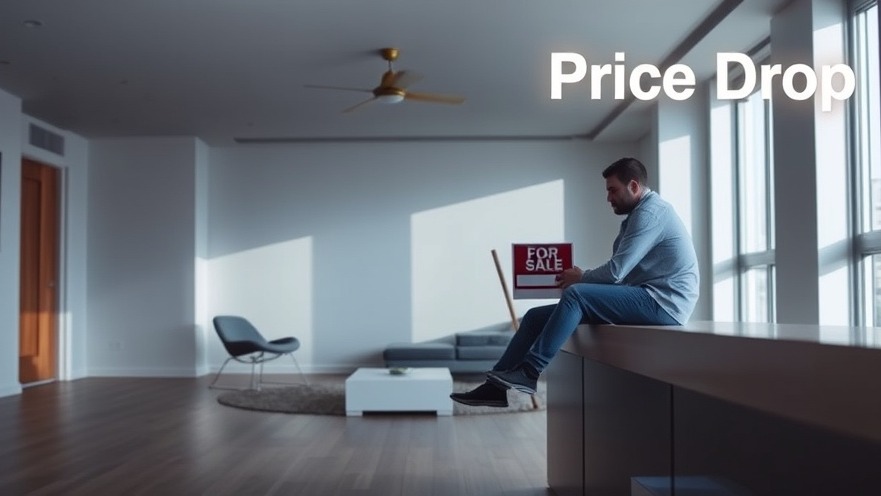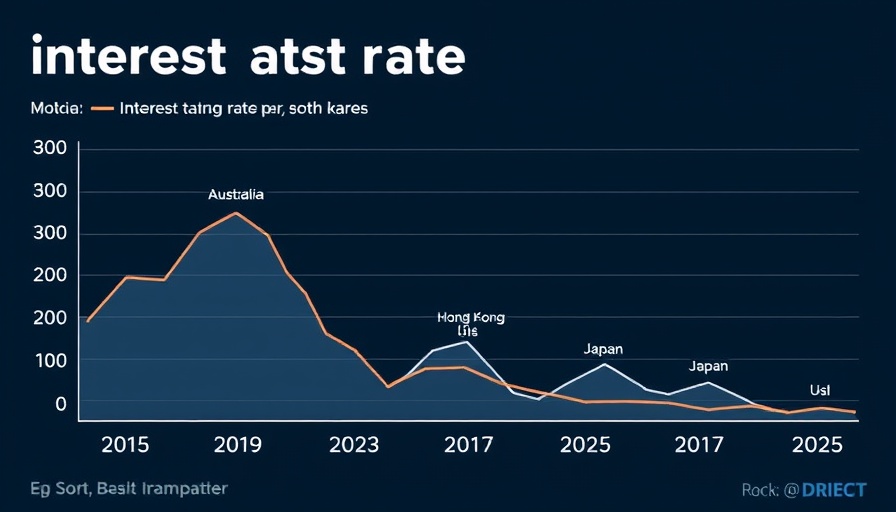
U.S. Condo Market Faces Unprecedented Challenges
The U.S. condominium market is currently experiencing its steepest price declines in over a decade, driven primarily by a pullback in buyer interest. According to recent reports, median condo prices across various U.S. cities have been falling sharply, contributing to an overall market downturn that has left sellers and investors scrambling to recalibrate their expectations.
Understanding the Market Shift
This unprecedented drop in condo prices is not occurring in isolation. A complex interplay of factors, including rising mortgage rates, inflation concerns, and a general cooling of buyer enthusiasm, is reshaping the real estate landscape. In major markets like Miami and Las Vegas, the declines reach as high as 20%, prompting a broader conversation about the implications for buyers and sellers alike.
The Psychological Impact on Buyers and Sellers
The current situation may reflect psychological trends in the market. As prices drop, some buyers might perceive condos as more affordable, yet economic uncertainty can deter potential purchasers from making significant financial commitments. Sellers, aware of the changing market dynamics, must adjust their pricing strategies accordingly, a move that can affect market confidence.
What This Means for Investors
Real estate investors closely monitor these trends, evaluating the potential for bargain purchases amid declining prices. Investment strategies are shifting, with many investors adopting a cautious approach, sourcing deals primarily focused on rental potential and long-term appreciation. This adjustment is vital, especially considering that investor purchases have reached historic lows, with reports indicating that investor condo acquisitions have plummeted to a 10-year low.
The Ripple Effect of Rising Inventory
As inventory levels rise, particularly for condos, the balance of supply and demand continues to tip in favor of buyers. This scenario allows buyers the upper hand to negotiate better prices. However, it also results in a challenging environment for sellers who may have to engage in price reductions, significantly affecting their profit margins.
Predictions for the Future: Will the Market Stabilize?
Looking ahead, analysts predict a bumpy road for the condo market as the broader economy adjusts. Experts suggest that if inflation can be brought under control and interest rates stabilize, buyers might gradually return to the market. However, much depends on the Federal Reserve's actions in the coming months, especially in response to ongoing economic indicators.
Making Informed Decisions: What Can Buyers and Sellers Do?
For buyers, it's essential to recognize that while the market is currently in a state of flux, opportunities for negotiating better deals are ripe. It’s prudent to work closely with real estate professionals who can provide market insights and guidance based on current trends. Sellers, on the other hand, must be realistic about pricing and be prepared for extended time on the market before a sale is finalized.
Final Thoughts: Navigating a Changing Real Estate Environment
The U.S. condo market's recent price drops underscore the complexities of real estate investing and ownership. As buyers and sellers navigate this challenging environment, staying informed and making strategic decisions will be key to success. All parties involved must remain vigilant of economic indicators and market shifts to adapt as needed.
As the market continues to change, both potential investors and homeowners should arm themselves with knowledge and, if necessary, consider seeking advice from experts in the field to make the best possible choices.
 Add Row
Add Row  Add
Add 




Write A Comment